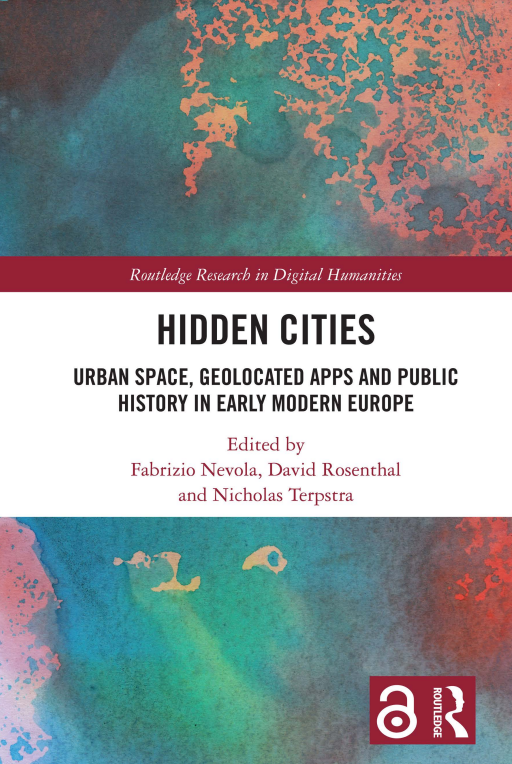Hidden Cities
Editorial: Taylor & Francis
Licencia: Creative Commons (by-nc-nd)
Autor(es): Fabrizio Nevola
David Rosenthal
Nicholas Terpstra
This groundbreaking collection explores the convergence of the spatial and digital turns through a suite of smartphone apps (Hidden Cities) that present research-led itineraries in early modern cities as public history. The Hidden Cities apps have expanded from an initial case example of Renaissance Florence to a further five historic European cities. This collection considers how the medium structures new methodologies for site-based historical research, while also providing a platform for public history experiences that go beyond typical heritage priorities. It also presents guidelines for user experience design that reconciles the interests of researchers and end users. A central section of the volume presents the underpinning original scholarship that shapes the locative app trails, illustrating how historical research can be translated into public-facing work. The final section examines how history, delivered in the format of geolocated apps, offers new opportunities for collaboration and innovation: from the creation of museums without walls, connecting objects in collections to their original settings, to informing decision-making in city tourism management. Hidden Cities is a valuable resource for upper-level undergraduates, postgraduates, and scholars across a variety of disciplines including urban history, public history, museum studies, art and architecture, and digital humanities.
[Abingdon: 2022]
Compartir:
Una vez que el usuario haya visto al menos un documento, este fragmento será visible.


